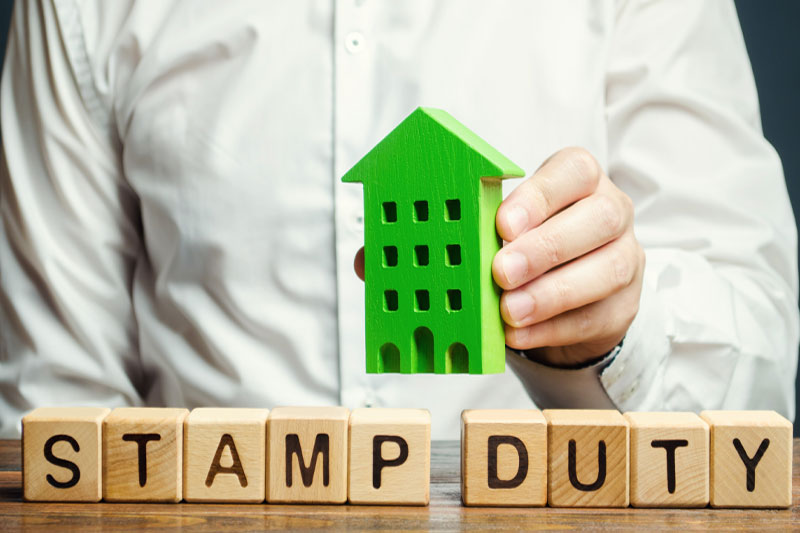Next Auction:
13/6/2024
Venue:
Remote bidding only
Next Auction:
13/6/2024
Venue:
Remote bidding only

One of the few remaining measures in Kwasi Kwarteng’s mini-budget was the slashing of stamp duty, especially for first-time buyers. So, what are the changes and how will they affect the housing market?
There are two main changes – for ordinary buyers, the Stamp Duty (SDLT) threshold has been raised from £125,000 to £250,000. From there on, as before, they will pay 5% between £250,001 and £925,000, 10% from £925,001 to £1.5m and 12% thereafter. For first-time buyers, the Stamp Duty threshold has been raised from £300,000 to £425,000 for properties of up to £625,000 (up from £500,000). The 3% surcharge for second properties and BTLs and the 2% surcharge for foreign buyers remain unchanged.
As a result, 33% of all homes for sale will no longer be subject to SDLT (7% previously). At the time of writing, the average property for sale on Rightmove is £367,760. A typical buyer would therefore pay £8,388 before the change and £5,888 afterwards – a saving of £2,500, which is their maximum achievable saving. For first-time buyers, the figures are higher - 66% of homes will now be SDLT-free, with savings of up to £11,250. And, if they were to buy the average property, their SDLT would be reduced from £3,388 to zero. There would be savings for second home buyers, too – their tax bill on the average property coming down from £19,421 to £16,921.
Although first-time buyers (FTBs) would therefore appear to be the biggest beneficiaries, it is not so straightforward. FTBs tend to buy cheaper properties - flats and small houses which are often below the average price. In fact, it is estimated that the majority of FTBs spend under £250,000 on their first homes, which means the reduction in Stamp Duty will have no effect whatsoever on them, as they were already below the tax threshold. It is only in the more expensive areas, such as London, where the changes will be felt most, and only for purchases under £625,000, bearing in mind the average London property on Rightmove is £682,499.
If, though, an FTB was to buy a typical flat, say, in the London borough of Merton (avge. flat price £431,131), they would previously have paid £6,557 in tax but will now pay just £307, a saving of £6,250. The maximum saving would be for a property costing £625,000, whose stamp duty would have been reduced from £21,500 to £10,000.
STANDARD HOME PURCHASE
| BRACKETS | RATE |
|---|---|
| £0 - £250,000 | 0% |
| £250,001 - £925,000 | 5% |
| £925,001 - £1,500,000 | 10% |
| £1,500,001+ | 12% |
FIRST-TIME BUYERS
| BRACKETS | RATE |
|---|---|
| £0 - £425,000 | 0% |
| (but only for purchases up to £625,000) | |
| £425,001 - £925,000 | 5% |
| £925,001 - £1,500,000 | 10% |
| £1,500,001+ | 12% |
STAMP DUTY ON AVERAGE HOUSE
£367,760 (Rightmove)
| STANDARD PURCHASE | FTB |
|---|---|
| SDLT was £8,388 | £3,388 |
| Now £5,888 | £0 |
| Saving £2,500 | £3,388 |
So, will the savings stimulate more activity in the housing market? The answer is a qualified yes. Unlike the Stamp Duty holidays, though, the changes are permanent, so there will be less urgency. In addition, the maximum savings of £2,500 for normal buyers, although not unwelcome, are not enough to offset the rises in mortgage rates. For first-time buyers, however, it is a different story. One of the biggest barriers to entry for them has been raising the deposit, which includes making a provision for Stamp Duty. In the more expensive area, that just got considerably easier.
If you want to take advantage of the Stamp Duty reductions, why not take a look at some of the great properties we have coming up in our next auction.
©2024 Phillip Arnold Auctions. All rights reserved.